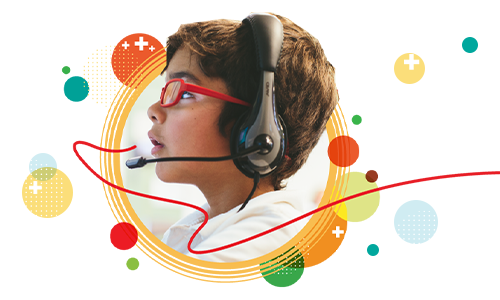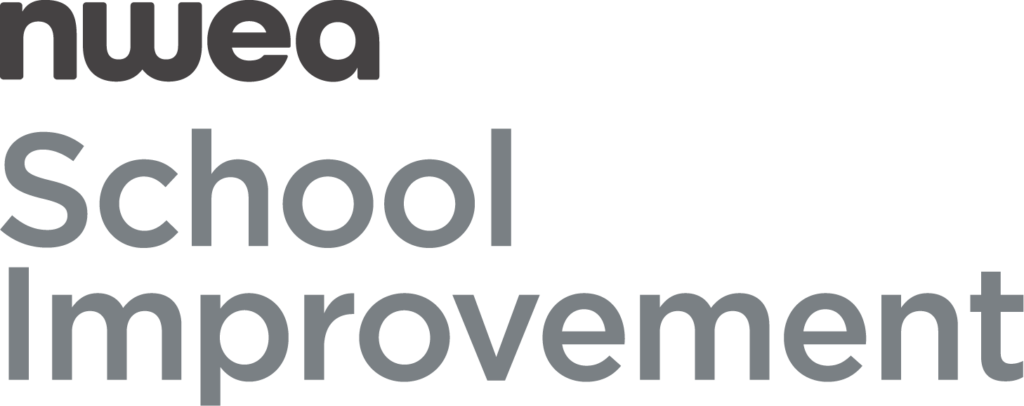
How to navigate federal
relief funding for K-12 education
About the funds
To aid in recovery from COVID-19 shutdowns, a variety of federal acts have designated more than $200 billion in K–12 education funding to states and local educational agencies (LEAs), including charter schools, through the Elementary and Secondary School Emergency Relief (ESSER III) fund. Funds will be distributed based on each state’s share of Title 1 funding and are to be used for reopening schools, addressing unfinished learning, and implementing extended learning and summer programs, among providing other resources. Non-public schools with low-income students can also apply.
Ready to get in touch?
Here’s a breakdown of what’s available:
- American Rescue Plan Act (ARPA), $122.8 billion
- Coronavirus Aid, Relief, and Economic Security Act (CARES), $13.2 billion
- Coronavirus Response and Relief Supplemental Appropriations(CRRSA), $54.3 billion
- Emergency Assistance for Non-Public Schools(EANS),可以根据ARPA和CRRSA (for private schools and Catholic schools only)

Using ESSER III funds to address unfinished learning
从解决未完成的学习ing to working towards proficiency and achievement goals, the MAP Suite and NWEA Professional Learning offer the right tools to help educators both during the school year and over the summer.

Administer high-quality assessments, track progress, differentiate learning

Implement evidence-based activities

Provide information to assist parents and families

Track attendance, improve engagement
LEAs may use ESSER funding to purchase NWEA solutions for the following allowable uses.
- At least 20% of funds must be applied to addressing unfinished learning, including:
- Administering and using high-quality, valid, and reliable assessments to accurately assess students’ academic progress and assist educators in meeting students’ academic needs, including through differentiating instruction
- Implementing evidence-based activities to meet the comprehensive needs of students
- Providing information and assistance to parents and families on how they can effectively support students, including in a distance learning environment
- Tracking student attendance and improving student engagement in distance education
- Purchasing education technology including hardware, software, and connectivity
- Planning summer learning, after-school programs, or online learning during the summer

NWEA如何帮助
Our team is ready to help you evaluate how MAP Suite supports your instructional and operational plans. We want to ensure accurate data for every student—regardless of where and when learning is happening—so that educators can target instruction and improve outcomes for all kids.


MAP® Growth™ is the most trusted and innovative assessment for measuring learning and growth in K–12 math, reading, language usage, and science.


MAP® Reading Fluency™ is an online, adaptive benchmark, universal screening, and progress monitoring assessment that efficiently measures oral reading fluency, literal comprehension, and foundational skills. It uses advanced technology to enable group testing, automatically record and score each student, and deliver instructionally useful data.


Developed jointly with Khan Academy™, this innovative online tool makes simplifies math differentiation for grades 3–8. MAP® Accelerator™ uses MAP Growth math scores to automatically generate personalized learning pathways of standards-aligned Khan Academy content.

We partner with educators to design and deliver measurable, research-driven learning experiences to improve student learning outcomes through effective and equitable instructional practices. We deliver high-quality online, onsite, virtual, and blended learning experiences that help educators effectively align assessment, instruction, and curriculum in order to drive measurable impacts in the classroom.

Accelerate your students’ learning outcomes by empowering school leaders as central agents of change through a focus on instructional leadership, data-driven cycles of improvement, and creating a supportive school environment.
Build your plan with purpose
From understanding how to apply various funding sources to a research-informed approach to adopting solutions, you can lean on the insight and analysis from our experts to inform your recovery plan.
